The area can be found on the western edge of the city near Budakeszi, in a gorge. The gorge was also named after Mary, as was a nearby part of Budakeszi: Máriamakk (also often referred to as Makkosmária).
It can be reached by busses to KFKI (the former Konkoly-Thege Miklós Road campus of the Central Physics Research Institute), currently the terminus of bus no. 21. But it is also about the same distance from Normafa. Starting from KFKI on the asphalt road head past the sports field to the edge of the forest. Here, turn right on to the yellow cross trail at the second fork, and follow the path downhill to a larger fork.
Keep left and follow the yellow horizontal line, and then turn right onto the path marked with a red M. This is the road to Mária Gorge. Consider for a moment, how few gorges have their own trail marking.
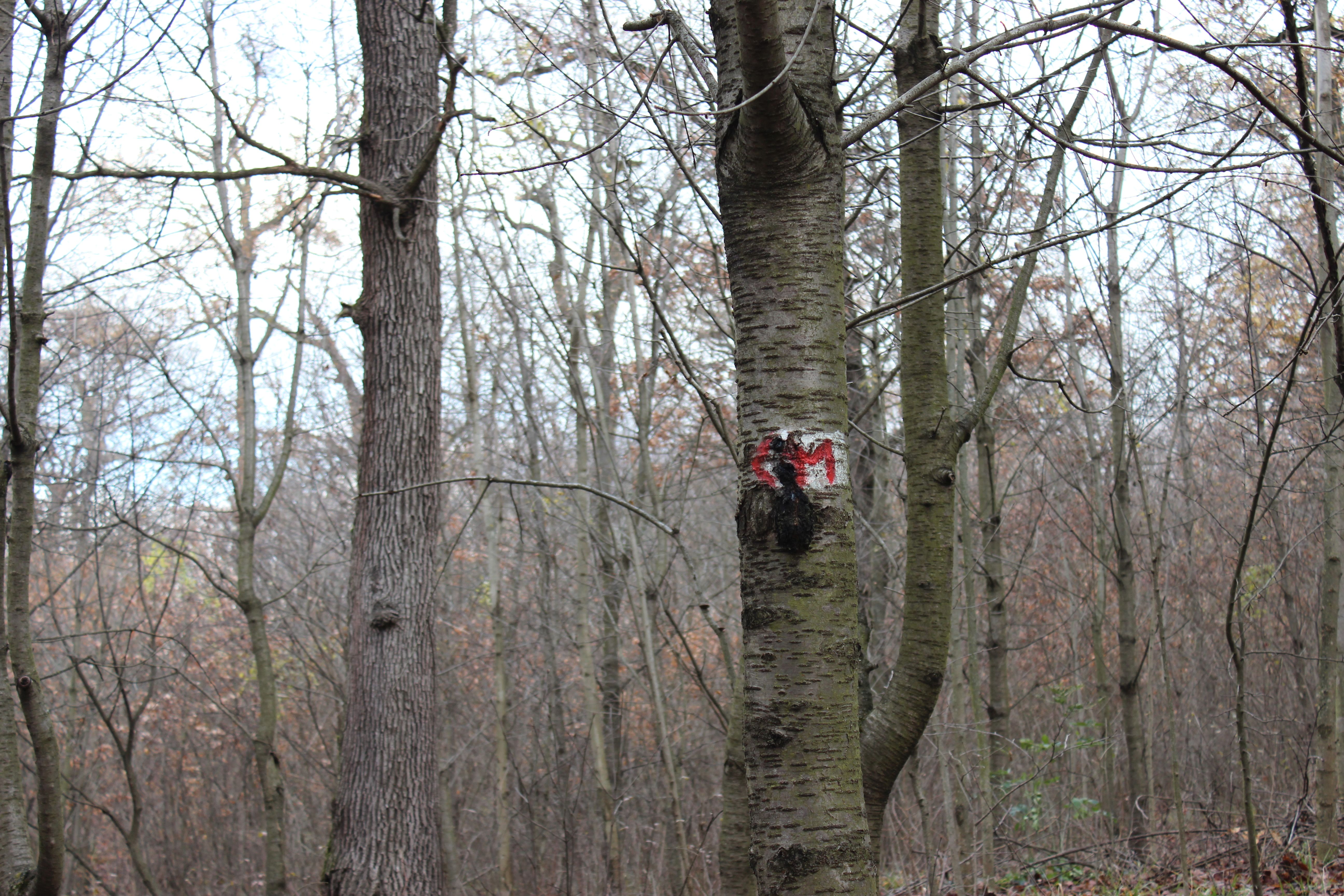 The red "M" designates the path to Maria Gorge (Photo: Dávid Palotás/pestbuda.hu)
The red "M" designates the path to Maria Gorge (Photo: Dávid Palotás/pestbuda.hu)
The Mária Rock is at the very end of the gorge, at its lowest point. A closer look is warranted though, as there's more to the rock than what can be seen at first glance.
The Mária Gorge, and in it the Mária Rock, is actually located north of the Csíki Hills range of the Buda Hills. The formation stands in a gorge carved by water and washed out of the dolomite that forms the main mass of the Buda Hills.

The protruding dolomite rocks offer an impressive sight from below (Photo: Dávid Palotás / pestbuda.hu)
The Queen of Angels Church in Budakeszi, which has been a famous pilgrimage site for centuries, is the gorge's immediate vicinity. This is why several paths of the Way of Mary lead through the area. The green M marking of a Way of Mary path leads through the gorge. Under the Communist regime, the gorge was renamed Meteor Gorge, removing the Virgin Mary's memory.
Unfortunately, a little next to Mária Rock was blown up, leading to its collapse. To keep visitors away, a carcass pit was also dug in the area, making the air around the rock especially uncomfortable. However, today visitors can again see the restored relics to Mary on the rock in their former glory. Offering a worth supplement to the sacred church and the sacred character of the area.
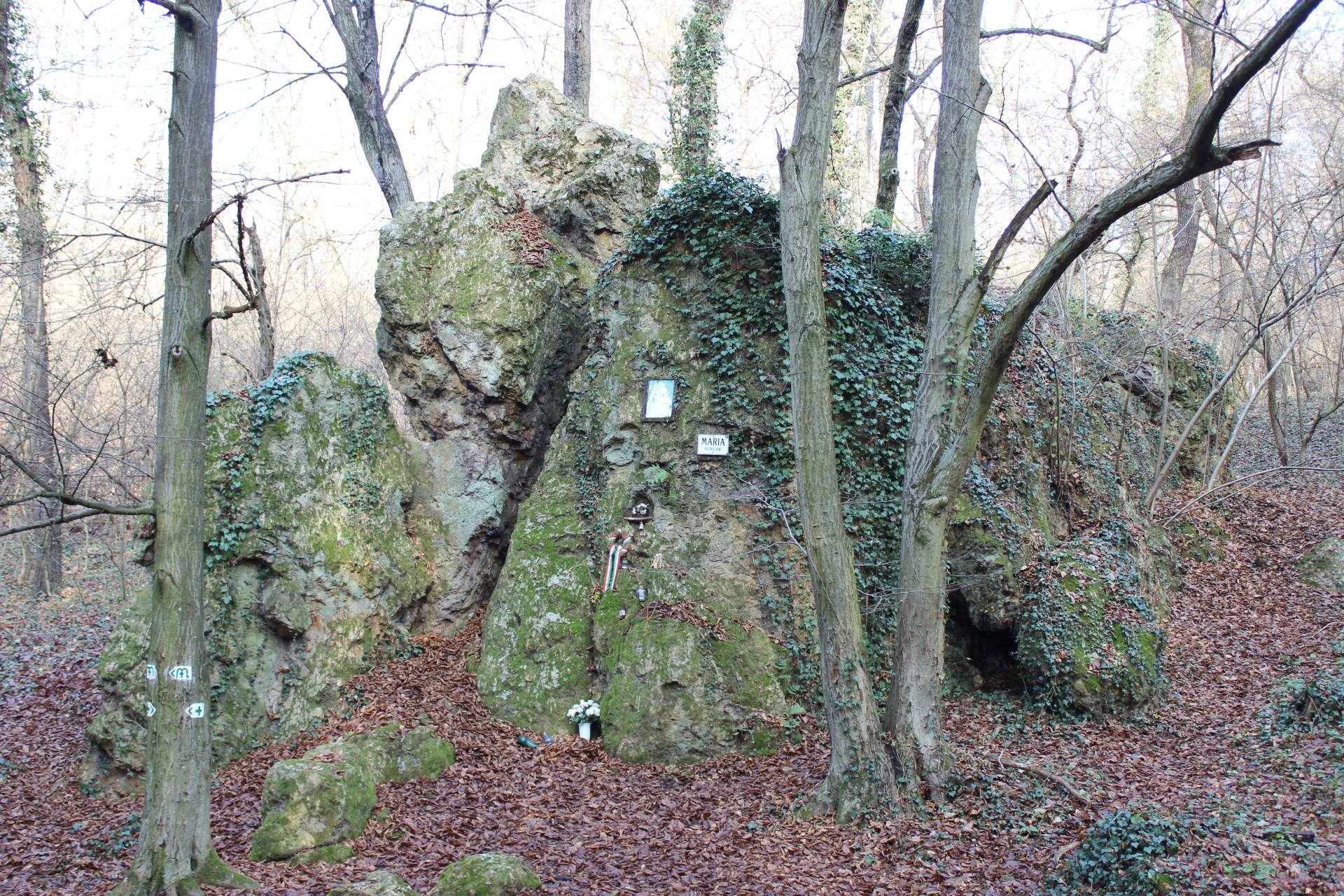 Mária Rock (Photo: Palotás Dávid/pestbuda.hu)
Mária Rock (Photo: Palotás Dávid/pestbuda.hu)
Sadly, the eastern entrance to the gorge is currently dominated by a scrap car heap. Hopefully, this will also be removed soon.
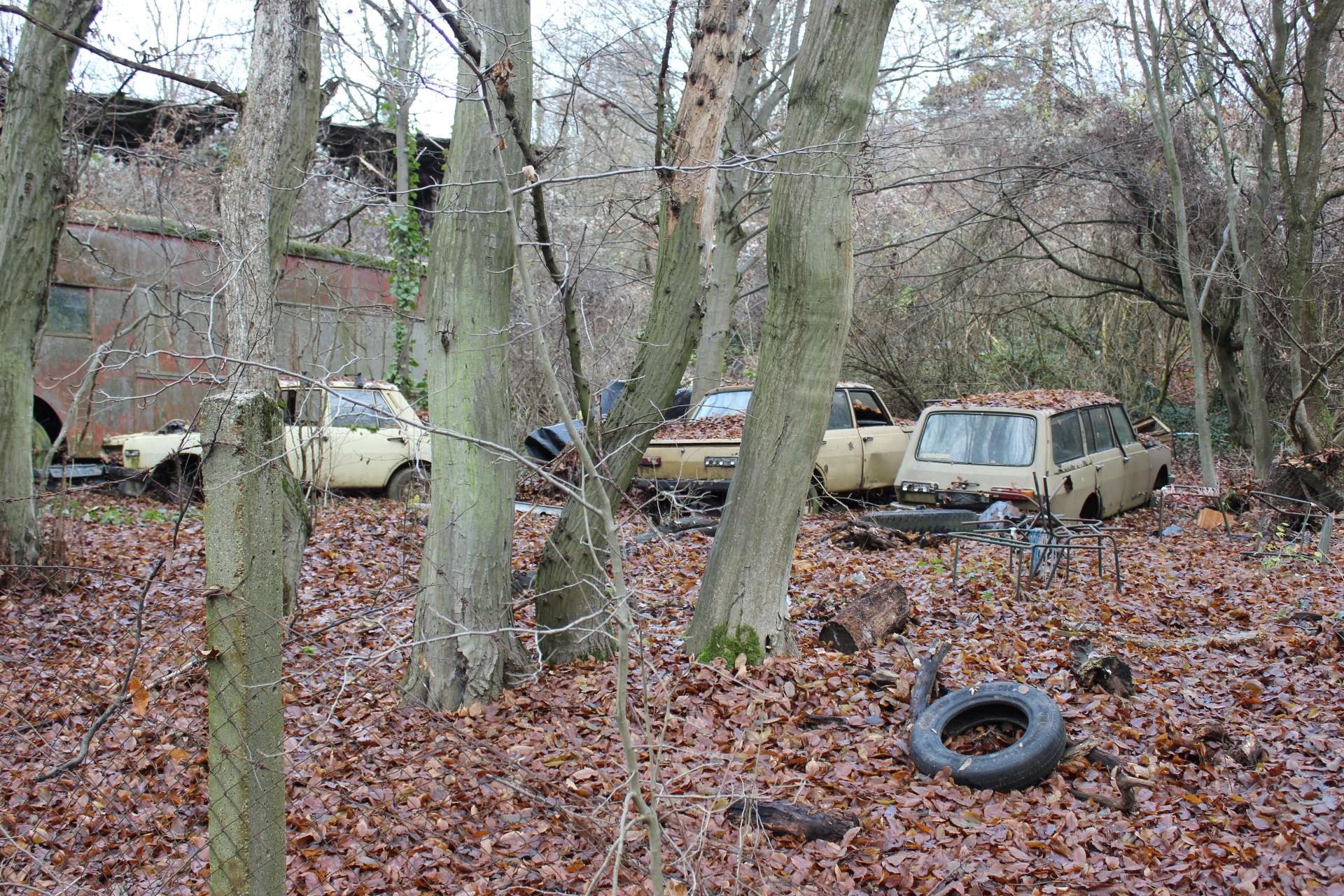
The "authentic" srcap heap (Photo: Dávid Palotás / pestbuda.hu)
After the historical and geographical details, glance through the natural treasures hiding in the area. The rock formation is worth closer inspection, a dignified sprawling rock at the western end of the gorge in a forest densely overgrown with ivy.

Forest covered with ivy (Photo: Dávid Palotás/pestbuda.hu)
The valley wall is so steep in places that the winter sun cannot even reach the bottom of the gorge, and the valley is a few degrees cooler in the summer as well, due to the dense forest around it. This creates a unique microclimate.
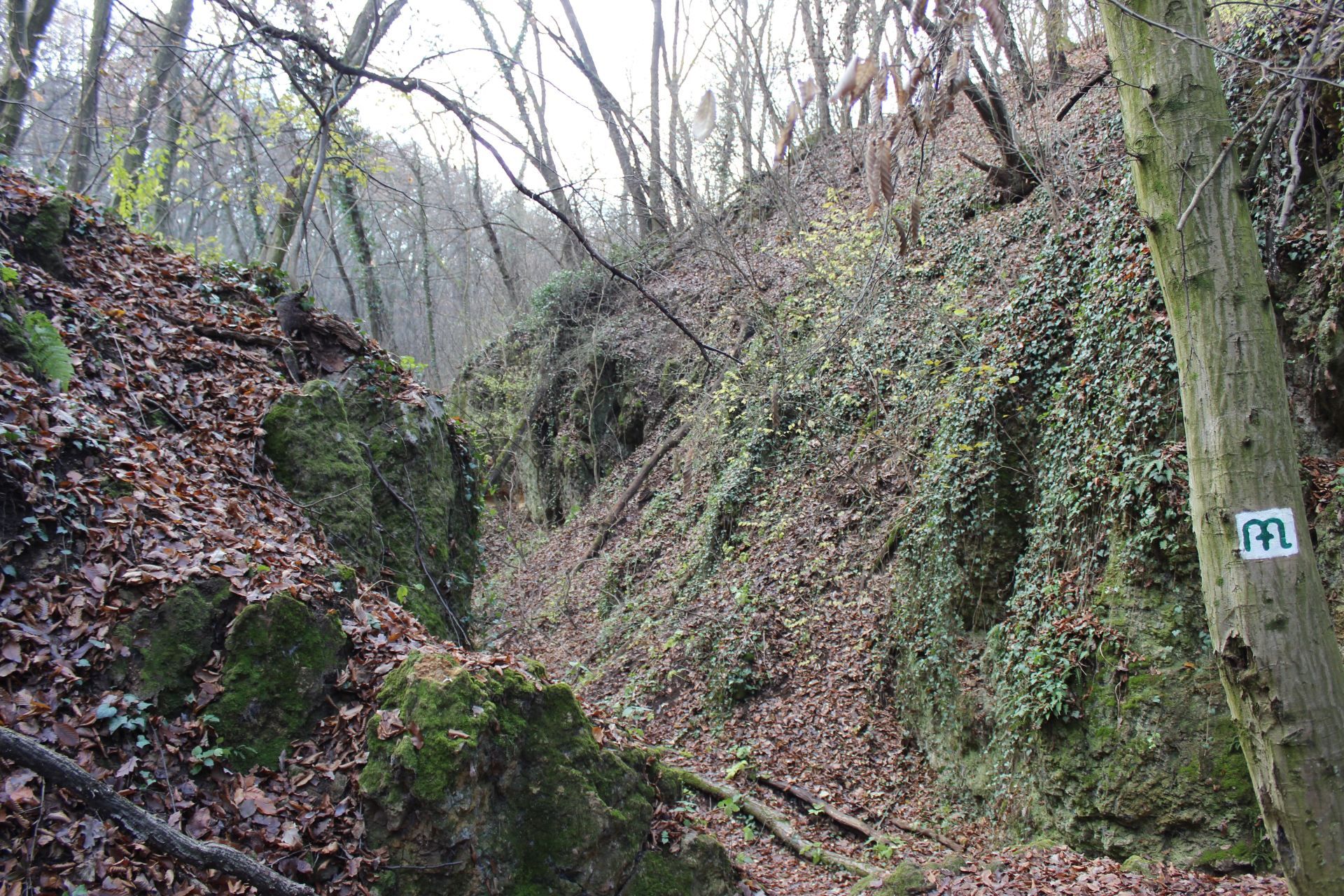
A narrow section of the 30-metre deep valley (Photo: Palotás Dávid/pestbuda.hu)
The mosses, lichens and ferns hiding on the rock walls, which are 30-metres-high in places offer a unique view, especially in autumn. The tree stock is also interesting, as beech trees are rare in such low areas, but mix among other species here.
A ridgeline runs to the south of the gorge filled with several rock formations. Today, few hikers visit the hillside, allowing for the formations of grassy rock outcroppings. Bear's-foot, yellow foxglove, adonis, pasqueflower, Turk's cap lily are among the most beautiful flowers in the area, but naturally occurring sempervivum and Sesleria sadleriana also adorn the landscape. These plants showcase how drastically flora and fungi can change over small distances due to microclimates.
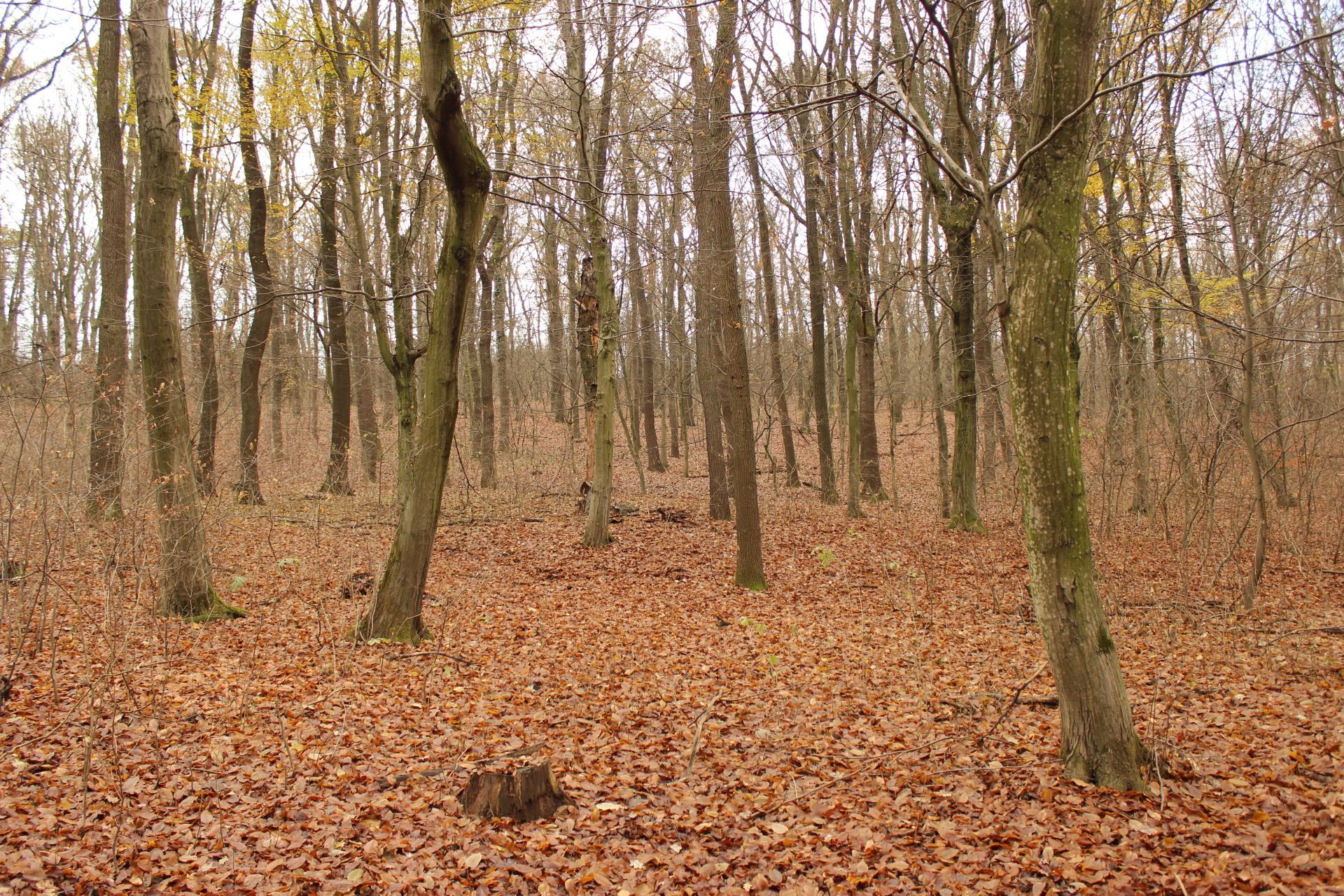
The varied forest is a captivating sight (Photo: Dávid Palotás/pestbuda.hu)
Several painter's brick caves can also be found in the area. One can be seen in the eastern part of the canyon. All in all, Mária Rock is the perfect place to visit for those looking for an eye-catching sight or those interested in visiting old pilgrimage sights, and even those on the hunt for biodiversity. Budakeszi is also planning to add information boards to the area, in cooperation with the National Park soon. In the meantime, the gorge and its surroundings are worth a visit in any season.
Source: Danube-Ipoly National Park, Mária Út Association
Cover photo: Mária Gorge (Photo: Dávid Palotás/pestbuda.hu)

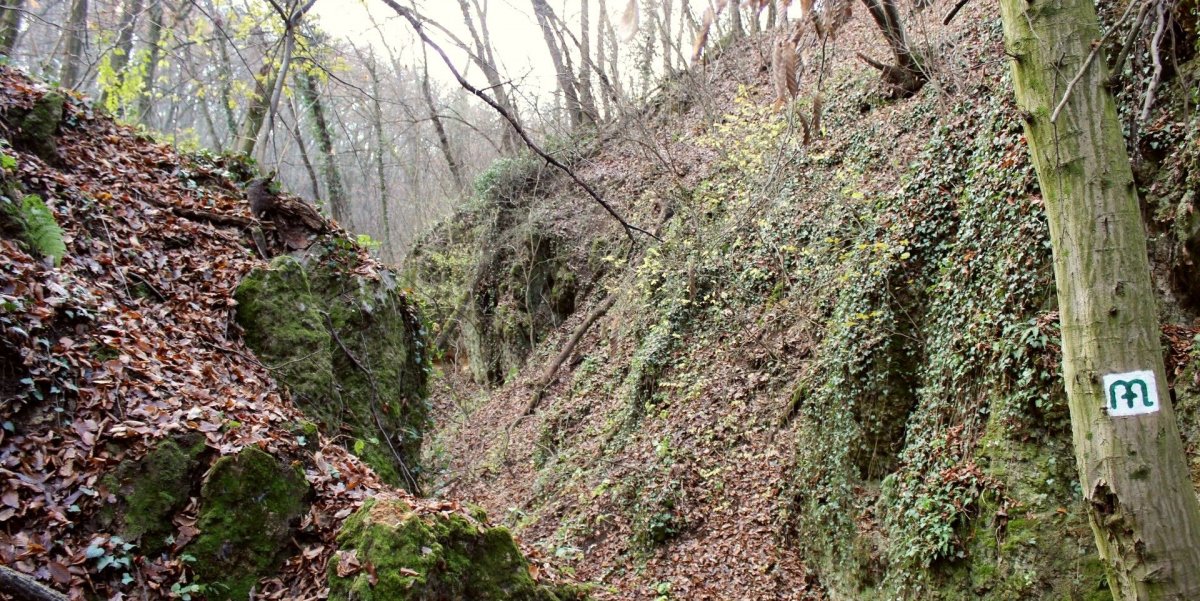

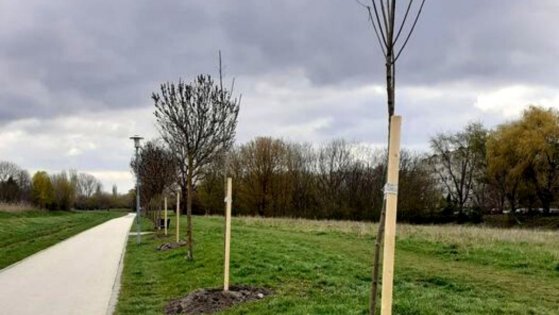

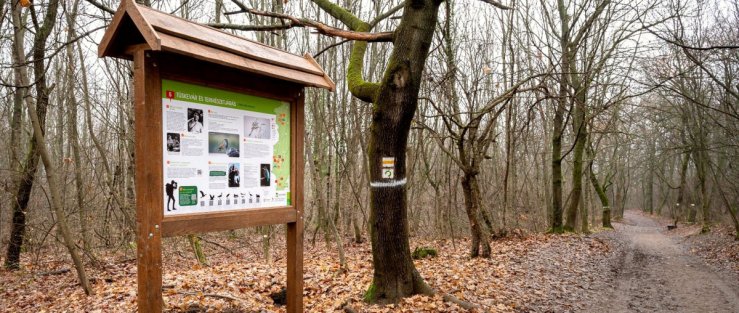



Hozzászólások
Log in or register to comment!
Login Registration